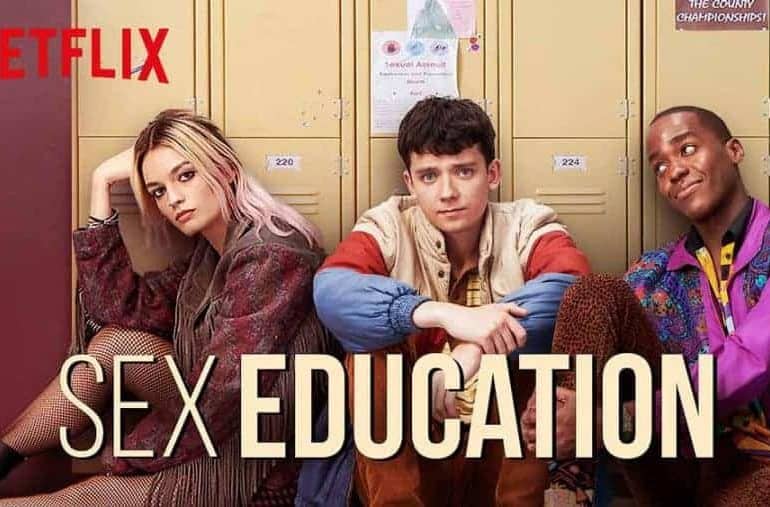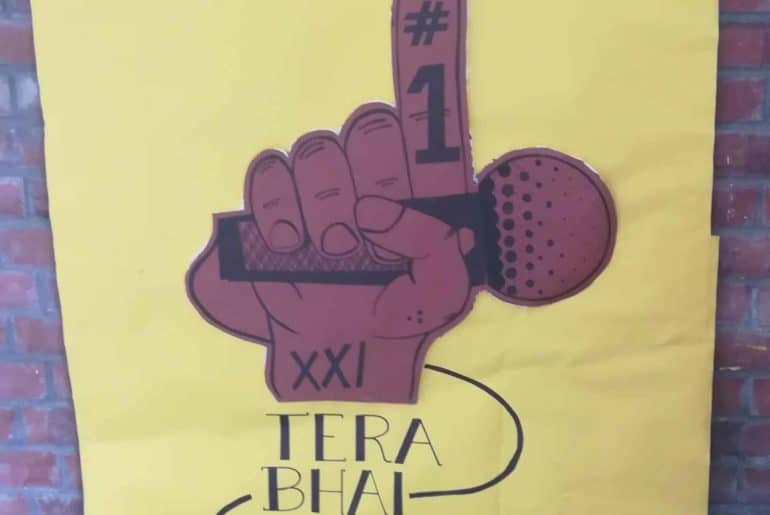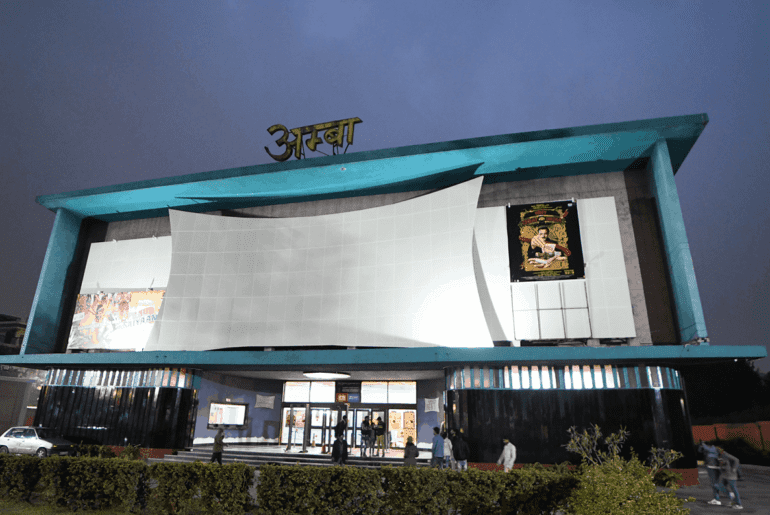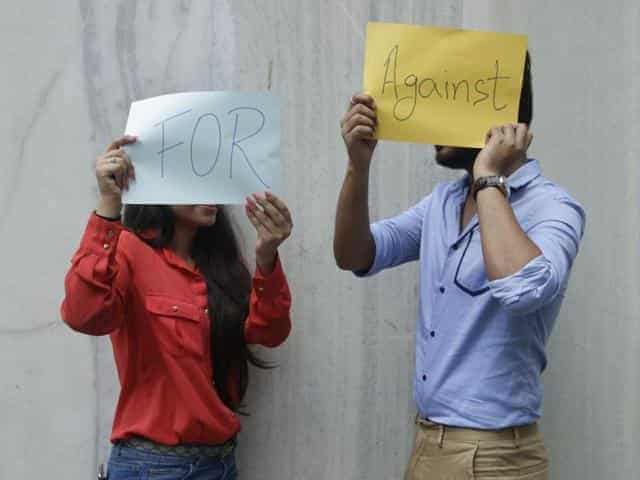How safe is Delhi University for women? The very recent incident that occurred in the South Campus area of DU near LSR seems to state the answer. A student being harassed in a public place is not just terrifying but also shameful. It is high time that DU takes women safety seriously.
In a very shocking incident near the crowded space of Moolchand Metro Station, a female student was harassed by two men. She was grabbed by the throat by one of them and would have seriously injured her, had she not shouted for help. This bizarre incident is not the only one. In fact, two other incidents have also been reported before in the same campus vicinity. Such incidents have been occurring specifically near the back-gate area of LSR college and on the lane leading to Moolchand Metro Station.
“That road which connects the station to the college has certain patches that are shady and lonely and I personally have seen drunken men who are gambling there. It feels very unsafe and we hardly see any police men circling that area. So yes, it is unsafe” an LSR hostler who did not wish to be named commented while speaking about the incident. This road that connects the metro station to LSR is not just lacking street lights at certain spots but is also a constant hub for drunken men. Female students are constantly exposed to eve-teasing and catcalling on their way. Incidents of men openly masturbating in front of passing women is beyond inexpressible and a haunting reminder of all that women have to face on a daily basis and to what extent. A mysterious van was also witnessed by the hostlers, circling the area on multiple occasions. It seems that Police is not taking such cases seriously.
DU Beat tried contacting the ICC representative from LSR, Ms Priya. She was unavailable to comment on the issue. DU Beat also spoke the hostel warden Mrs Ujjayini, She refused to comment .
According to sources the ICC has contacted Amar Colony police Station and assurance has been provided that an official would be posted to patrol in and around the affected area. What is appalling is the fact that the Internal Complaints committee of the college was not ready to take this issue. “There is a clause in the internal complaints committee that states that they would deal with sexual harassment only if it happens inside the college. Even if it happens on the pavement of the college it does not lie in their jurisdiction moreover the clause also says that only heterosexual harassments alone shall be dealt with” A source who wished to remain anonymous voiced while conversing about steps taken by the college on the issue.
Though it is genuinely pathetic and unjust but carrying pepper sprays and learning defense mechanisms seems to be the only option left with the girls now. The fact that the students have to engage in such activities is not only disgraceful but reveals the sad reality of the lack of concern shared by authorities about issues as sensitive and significant as women’s safety.
This incident has surely put students on guard. “We are even being prohibited to go out of the hostel even to fetch food ordered online. My friend was refused permission by the superintendent of the hostel to go out to collect her food post 10:30. What kind of precaution is this?” Manisha (name changed on purpose) expressed while scrutinizing the steps taken by hostel authorities.” They are enforcing regressive rules on us instead of catching the culprits” she further added.
It is crucial that effective measures are taken up to deal with such issues. The police needs to station more officials on surveillance in and around the campus and it’s important that CCTV cameras are also installed. A safe space needs to be created for both women and men alike. The fact that education comes at a cost greater than ones safety and security poses a challenge that DU management needs to acknowledge and deal with.
Image credit: Indian Express
Stephen Mathew
[email protected]









